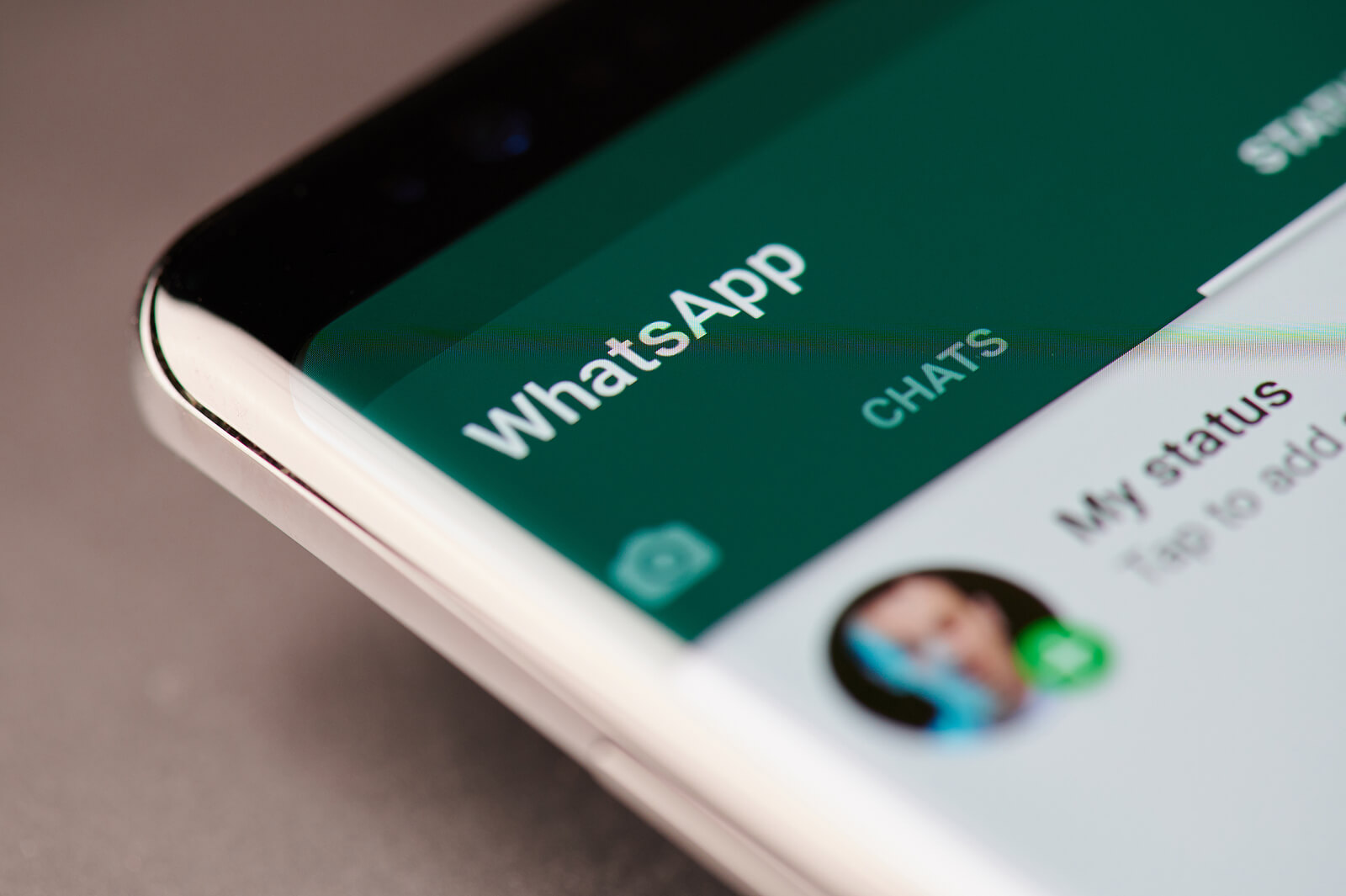
Best Practices For Building Your WhatsApp Contact List
22 July 2025
WhatsApp marketing has become one of the most effective strategies for direct communication between businesses and customers. WhatsApp’s instant nature and high open rates make it an invaluable channel—especially when used as part of an integrated marketing strategy. But to fully benefit from WhatsApp engagement, businesses must first build a solid, permission-based contact list. Simply adding numbers without consent can lead to poor engagement and even violations of data privacy regulations.
Read on as this article explores the most effective and ethical strategies to grow your WhatsApp contact list and maximise your reach.
Start with value-driven opt-ins
Before people give you access to their personal WhatsApp number, they need a good reason. Instead of simply asking users to “subscribe” to your messages, offer a clear value exchange. Whether it’s exclusive promotions, early access to new products, or a free downloadable resource, giving users a benefit encourages them to opt-in willingly.
You can implement opt-ins through multiple channels. For instance, a form on your website with a tick-box consent to receive WhatsApp updates works well. So does a simple call-to-action on your order confirmation page asking customers if they’d like to get real-time shipping updates via WhatsApp. The key is transparency and perceived value.
Leverage QR codes in physical spaces
If your business operates in a physical location—like a store, showroom, or event booth—QR codes are your best friend. Generate a QR code that links directly to a pre-filled WhatsApp chat message or an opt-in landing page. Customers can scan and opt in within seconds. Make sure to pair the QR code with a strong call-to-action like “Scan to receive exclusive WhatsApp deals.”
This tactic works especially well for F&B outlets, retail stores, or events where customers are actively engaged and willing to connect.
Use social media and email to promote opt-ins
Your existing digital channels can be powerful tools for building your WhatsApp contact list. Share posts on Instagram, Facebook, and LinkedIn promoting the benefits of joining your WhatsApp updates. Make it easy by including direct click-to-chat links.
If you’re running email campaigns, add a WhatsApp CTA with a short explanation of what subscribers can expect—such as VIP sale alerts or customer support. Since these audiences already have some level of trust in your brand, they’re more likely to opt in.
Segment and personalise your outreach
While it may be tempting to send the same message to everyone, personalisation dramatically increases the effectiveness of WhatsApp communications. Ask for preferences when customers opt in, such as their product interests or frequency of updates. This makes your messages more relevant—and encourages more people to join because they feel it’s tailored to them.
Using the WhatsApp Business API, you can automate and segment your messaging based on user behaviour and preferences. This ensures each contact receives messages that are timely, relevant, and engaging—reducing unsubscribes and boosting loyalty.
Incentivise referrals through WhatsApp
Word-of-mouth still holds a lot of power, especially when amplified by digital tools. You can encourage your current WhatsApp subscribers to refer friends in exchange for discounts or gifts. A simple campaign like “Refer a friend to join our WhatsApp list and get 10% off your next order” can work wonders.
Make sure to provide an easy referral method—such as a pre-filled WhatsApp message they can forward to friends or a shareable link. This not only expands your reach but does so through trusted recommendations.
Integrate WhatsApp with customer journey touchpoints
Every customer interaction is an opportunity to ask for consent to stay in touch. Add WhatsApp opt-ins during checkout, appointment bookings, and support chat sessions. For example, after resolving a support issue via live chat, prompt the customer: “Would you like future support updates via WhatsApp?”
This method feels natural and contextual—building your list in a way that aligns with the customer experience while also building real-time relationships.
Stay compliant and respect privacy
Building a contact list is not just about volume—it’s about quality and compliance. Always make sure you’re gaining explicit permission to message someone on WhatsApp. Avoid uploading purchased lists or cold contacts. Not only can this violate WhatsApp’s terms of service, but it can also damage your brand reputation.
Allow easy opt-outs and make sure your privacy policy clearly states how WhatsApp data is used. A well-managed contact list will lead to better engagement and long-term brand trust.
Track performance and refine your approach
As with any marketing effort, tracking the performance of your WhatsApp list-building tactics is essential. Use UTM codes on links, monitor click-through rates, and evaluate opt-in rates across channels. This will help you identify what’s working and where to focus your resources.
Combining WhatsApp with business SMS marketing can also provide insights into which channel your audience prefers for different types of communication. Testing both methods in parallel allows you to meet your customers where they are most responsive.
Conclusion
Building a high-quality WhatsApp contact list takes time, strategy, and a commitment to value-driven engagement. By focusing on consent, personalisation, and the right promotional tactics, businesses can develop a powerful list that fuels long-term customer relationships.
If you're ready to take your WhatsApp marketing to the next level, explore how Moobicast can help you streamline your campaigns, manage contacts, and deliver results. With the right tools and practices, your WhatsApp channel can become one of your most impactful communication assets.
